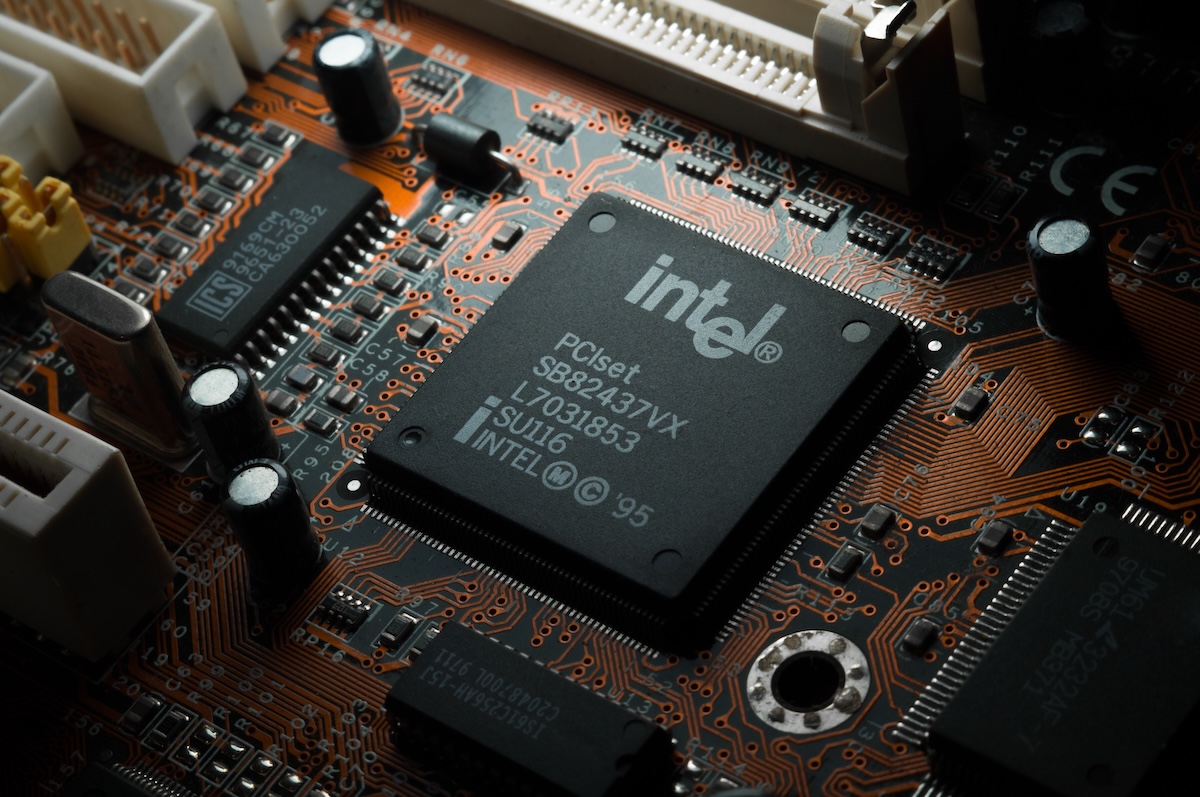
After a tumultuous and lengthy development process, Intel (INTC) on Thursday unveiled its new Core Ultra 3 processor, called Panther Lake, that was built using its 18A process technology.
Panther Lake is the first product that Intel has built using its 18A technology, and the company calls it “the most advanced semiconductor process ever developed and manufactured in the United States.”
It is designed to power both consumer and commercial AI PCs, gaming devices and edge solutions. Intel expects to begin shipping the chip later this year.
Panther Lake is also the first chip that was manufactured at its new factory in Arizona called Fab 52, an important step in ramping up semiconductor manufacturing in the US.
This is especially crucial after the Trump administration had the US government take a 10% stake in the company this past summer and made domestic manufacturing of AI technology a priority.
“The United States has always been home to Intel’s most advanced R&D, product design and manufacturing – and we are proud to build on this legacy as we expand our domestic operations and bring new innovations to the market,” Intel CEO Lip-Bu Tan said in a statement.
The firm also revealed its next generation E-core processor, Intel Xeon 6+, which is code-named Clearwater Forest. This chip, which is also being built using its 18A process technology, is scheduled to be launched in the first half of 2026.
Intel called Clearwater Forest the most efficient server processor it has ever created.
“We are entering an exciting new era of computing, made possible by great leaps forward in semiconductor technology that will shape the future for decades to come,” Tan said.
“Our next-gen compute platforms, combined with our leading-edge process technology, manufacturing and advanced packaging capabilities, are catalysts for innovation across our business as we build a new Intel.”
Intel faces stiff competition for prized customers
The process of developing its flagship 18A chip has been a prolonged struggle for the company. Reuters reported this past summer that Tan was considering the possibility of abandoning its plans to sell 18A and its variant 18A-P to outside customers.
Tan was instead weighing the possibility of offering “a newer generation of technology” that could help it try and land major clients like Nvidia (NVDA) and Apple (AAPL), while competing against rivals like Taiwan Semiconductor Manufacturing (TSMC).
News of the 18A launch did not appear to excite too many investors as Intel’s stock was only able to gain nearly 1% on Thursday.
Investor enthusiasm could be muted because Intel is still facing a considerable challenge in winning over customers, especially since it has lost significant ground to its rivals over the years.
TSMC has become the go-to chip manufacturer for many in the industry – and while Intel still maintains a small lead in the PC market, Advanced Micro Devices (AMD) has been making aggressive inroads in the market, while Qualcomm (QCOM) has also been making a push by introducing its own ARM-based chips for Windows PCs.
And unlike Qualcomm, which has built a substantial business powering mobile phones, Intel essentially allowed the mobile phone boom to pass it by, which turned out to be a massive mistake.
Intel remains its own foundry’s largest customer. Tan has said that without 18A attracting at least two big-name clients, its foundry won’t scale or turn profitable.
While Nvidia (NVDA), recently purchased $5 billion in Intel stock as part of an agreement that will have Intel build data center and client CPUs for the AI giant, Intel’s turnaround is ultimately riding on its 18A fortunes.
Your email address will not be published. Required fields are markedmarked